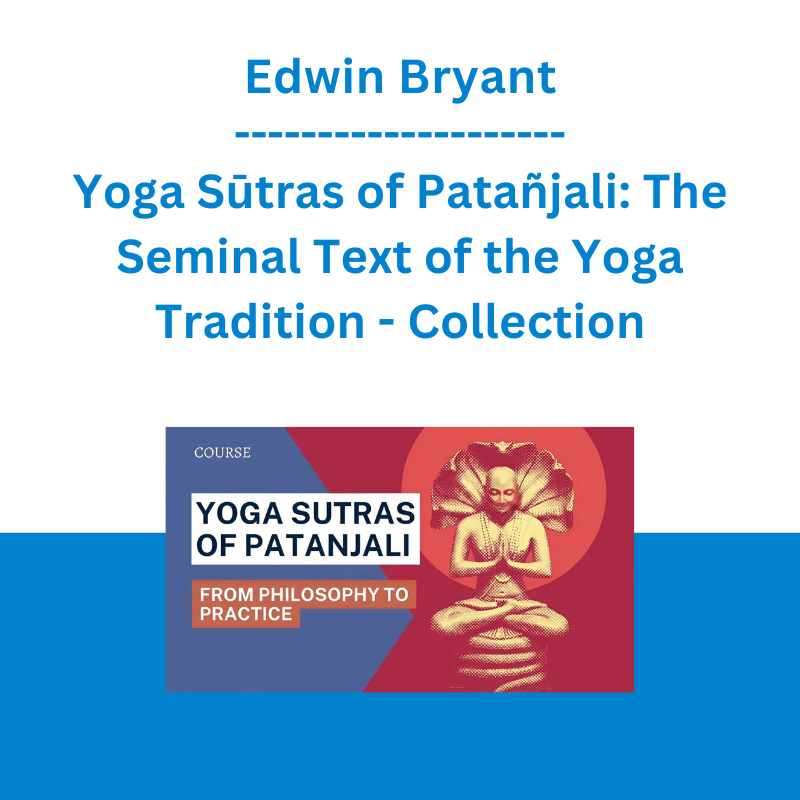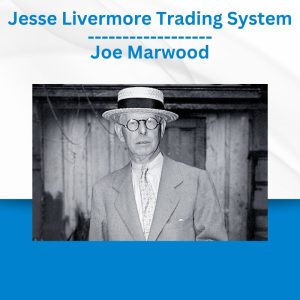*** Proof of Product ***
Exploring the Essential Features of “Edwin Bryant – Yoga Sūtras of Patañjali: The Seminal Text of the Yoga Tradition – Collection”
About
This course will undertake a close reading of yoga as presented in the traditional Hindu sourcebook on the subject, the 3rd century Yoga Sūtras of Patañjali, where it is defined as “the stilling of all states of mind” (i.e. meditative practices). The Yoga Sūtras is the classical text on meditative practice accepted as authoritative by all the orthodox Hindu schools, and our reading of it will be informed by the primary commentaries that have elaborated on the source text over the centuries prior to the colonial period. We will thus read the most important sections of the Yoga Sūtras of Patañjali yoga and engage it through pre-modern perspectives. In other words, we will encounter what yoga has meant in Indian traditions for two millennia prior to being transplanted to the West.
Module 1: Classical Yoga
In the introduction to the course, we will have a brief discussion on some of the earliest pre-Patañjalian expressions on yoga; the definition and goal of classical Yoga.
Module 2: The Five Vrttis
In module 2, we will discuss the five vrttis and the ingredients of nirodha.
Module 3: Theism in The Sutras
Samādhi, Iśvara: the theistic element in the sūtras.
Module 4: Obstacles to Enlightenment
The module will go over the klesas – obstacles to enlightenment.
Module 5: The Cause of Suffering
In module 5, we will discuss the ultimate cause of suffering; karma and reincarnation.
Module 6: Eight Limbs of Yoga
In Module 6, we will take an in-depth look at the limbs of Patañjalian yoga: Yamas, Niyamas, Asana, Pranayama, Pratyahara, Dharana, Dhyana, and Samadhi.
Module 7: Mystic Powers
In this module, we will explore the third pada of the Yoga Sutras that describe the siddhis, the mystic powers that can be attained through rigorous and disciplined practice.
Module 8: Yoga’s Response to Buddhism
In the final module of this course, we will go through the fourth pada of the text and learn about yoga’s response to the Buddhist Idealist school and explore a few other concluding sūtras.
Author
Edwin Bryant
Edwin Bryant received his Ph.D. in Indic languages and Cultures from Columbia University. He taught Hinduism at Harvard University for three years and is presently the professor of Hinduism at Rutgers University where he teaches courses on Hindu philosophy and religion. He has received numerous awards and fellowships, published eight books, and authored a number of articles on the earliest origins of the Vedic culture, yoga philosophy, and the Krishna tradition.
As a personal practitioner of bhakti yoga for over 45 years, a number of them spent in India studying with traditional teachers, where he returns yearly, Edwin strives to combine academic scholarship and rigor with appreciation towards traditional knowledge systems. His teaching method is to allow the ancient texts to speak in their own voice and through their own terms and categories.
Edwin’s most recently published work is Bhakti Yoga: Tales and Teachings from the Bhāgavata Purāṇa (Farrar, Straus & Giroux, 2017). This work seeks to ground the practices of bhakti in the traditional Krishna-centered framework of the Vrindavan devotional traditions.
Please see the full list of alternative group-buy courses available here: https://lunacourse.com/shop/










 Matthew Kratter - Trader University
Matthew Kratter - Trader University  Fred Haug - Virtual Wholesaling Simplified
Fred Haug - Virtual Wholesaling Simplified  Simpler Trading - Bruce Marshall - The Options Defense Course
Simpler Trading - Bruce Marshall - The Options Defense Course  Team NFT Money - Ultimate NFT Playbook
Team NFT Money - Ultimate NFT Playbook  George Fontanills & Tom Gentile - Optionetics Wealth Without Worry Course
George Fontanills & Tom Gentile - Optionetics Wealth Without Worry Course  Crypto Dan - The Crypto Investing Blueprint To Financial Freedom By 2025
Crypto Dan - The Crypto Investing Blueprint To Financial Freedom By 2025  Jesse Livermore Trading System - Joe Marwood
Jesse Livermore Trading System - Joe Marwood  Toshko Raychev - Profit System + ITF Assistant
Toshko Raychev - Profit System + ITF Assistant  Atlas API Training - API 570 Exam Prep Training Course
Atlas API Training - API 570 Exam Prep Training Course  Ed Ponsi - Forex Trading
Ed Ponsi - Forex Trading  Emanuele Bonanni - My Trading Way
Emanuele Bonanni - My Trading Way  Forexmentor - Recurring Forex Patterns
Forexmentor - Recurring Forex Patterns  Alex Becker - The Black File
Alex Becker - The Black File  Racing Workshop - Complete Online Package
Racing Workshop - Complete Online Package  Akil Stokes & Jason Graystone - TierOneTrading - Trading Edge 2019
Akil Stokes & Jason Graystone - TierOneTrading - Trading Edge 2019  George Fontanills & Tom Gentile - Optionetics 6 DVD Series Home Study Course (Digital Download)
George Fontanills & Tom Gentile - Optionetics 6 DVD Series Home Study Course (Digital Download)  Chris Capre - Advanced Price Action Ongoing Training & Webinars
Chris Capre - Advanced Price Action Ongoing Training & Webinars  Courtney Holmes - Filming Families: The Modern Family Video
Courtney Holmes - Filming Families: The Modern Family Video  Trade Like Mike - The TLM Playbook 2022
Trade Like Mike - The TLM Playbook 2022  The Daily Traders – Exclusive Trading Mentorship Group
The Daily Traders – Exclusive Trading Mentorship Group  Video WARRIOR - Zero To Warrior 2.0
Video WARRIOR - Zero To Warrior 2.0  Ali Pashaei - SPY Weekly Strategy - All Three Classes
Ali Pashaei - SPY Weekly Strategy - All Three Classes  Sovereign Man Confidential - Renunciation Video
Sovereign Man Confidential - Renunciation Video